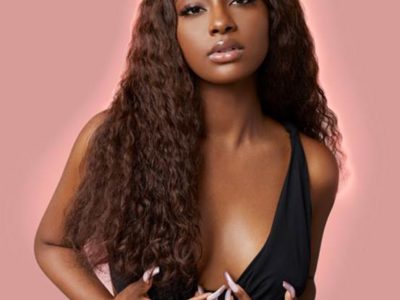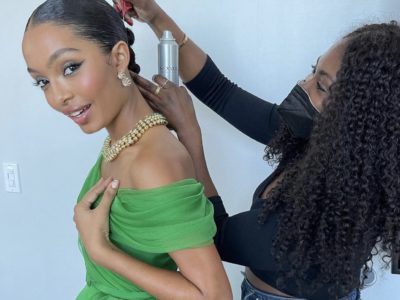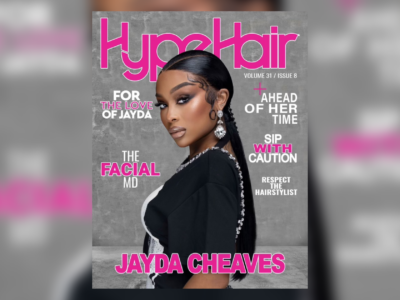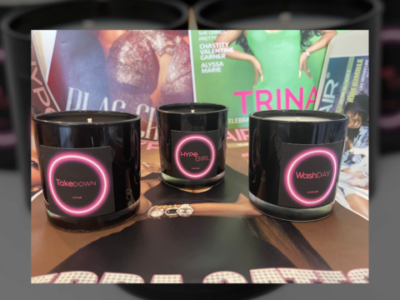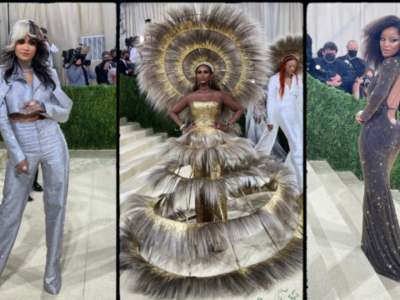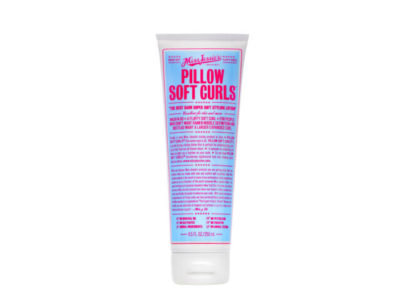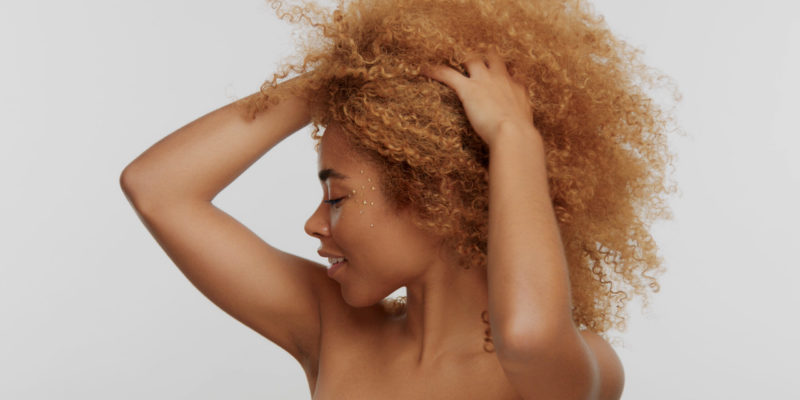
By Choya Randolph
As naturals, we are not strangers to DIY projects for our hair. We can make our own products and treatments. Some of us even do our own hair trims because we’re just independent like that. For my independent naturals who want to bleach their hair themselves, it’s intimidating. Especially when wondering how to take care of your bleached coils. If you’re worried about bleaching your hair safely, it’s possible. But for those who are concerned on how to maintain their hair’s health after bleaching, don’t worry. I gotchu.
To best take care of your bleached hair, you’ll want to understand how bleaching works. When bleaching your hair, the bleach penetrates the hair shaft to remove the melanin from the hair. (Yes, melanin is in our hair and not just our skin.) The bleach strips the melanin leaving our hair a blondish color.
Because bleaching is a chemical stripping process, it can leave our hair dry, brittle, and even severely damaged when done incorrectly. Even if you bleach your hair properly, you may be left with hair that is drier than usual because your hair has just been stripped of its melanin sis. That means it’s time to go the extra mile to keep your hair hydrated.
When it comes to taking care of natural hair, a chunk of that care happens on wash day. A typical wash day includes shampooing, deep conditioning, moisturizing using either the LOC or LCO method, and of course a lot of detangling. If you want to make sure your bleached hair is maintaining moisture, you may want to beef up your wash day.
Let’s start with shampoo. If your shampoo leaves your hair feeling stripped of everything it has, it may be time to try a different shampoo. If you’re independent enough to bleach your own hair, you can try making your own shampoo that’s not only organic but also leaves your hair feeling moisturized.
If you’re committed to your shampoo, try prepooing. Prepooing is exactly like its name. It’s the process of prepping your hair for a shampoo. To do this, you can detangle your hair using an oil of your choice. The point of prepooing is to add a layer of protection to the hair before shampooing. Oils are great at sealing and protecting our hair.
When it comes to deep conditioning, I think everyone should be incorporating heat, especially those with low porosity hair. To do this, you can simply put a shower cap and a silk cap on when deep conditioning. Your body heat will make it easier for your deep conditioner to penetrate the hair shaft.
For those who already do that, take deep conditioning to the next level by investing in a thermal heating cap. They’re affordable and can be bought online. The steam will easily open your hair shaft so your deep conditioner can condition your hair even further. That additional conditioning could be what your bleached hair needs.
If you don’t feel like changing your entire wash day routine, try a protein treatment a week or two after bleaching. Protein treatments are like deep conditioners on steroids. They make your hair stronger and healthier by binding proteins on your hair cuticles. Because our hair is mostly made up of a protein called keratin, bleaching may require a protein boost. If you don’t want to buy a protein treatment that may have a bunch of chemicals in it, you can make your own protein treatment.
After bleaching your hair, if you notice that your hair texture has loosened or your hair looks stringy, you may want to take a trip to the salon. A hair professional will know exactly what to do with your hair. Your next step may require more than prepooing or a protein treatment. But if your curls are colored and healthy, make sure you keep it that way by keeping your hair hydrated.
